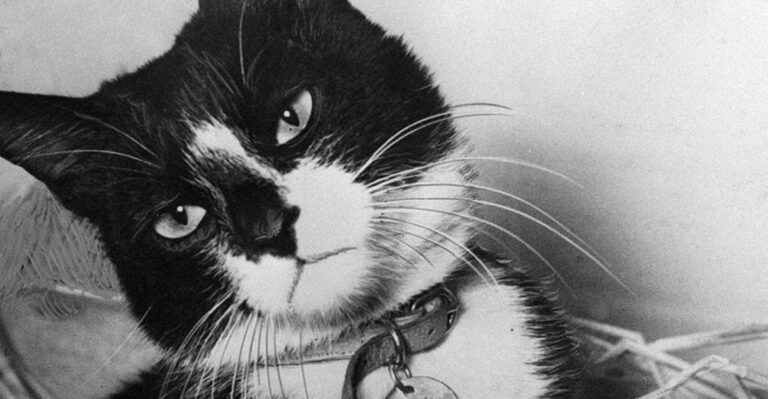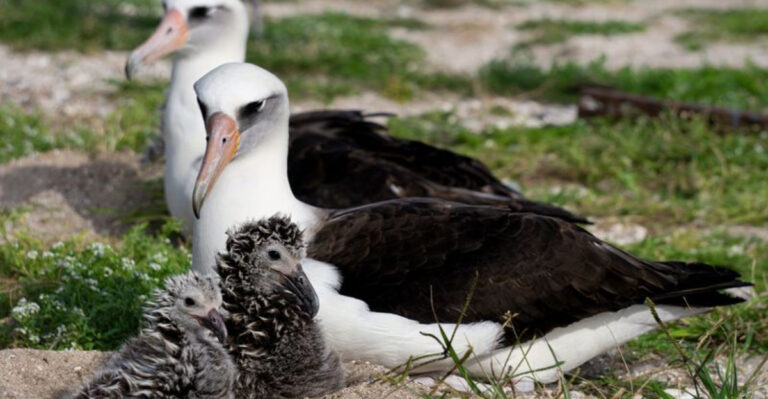18 Species We’ve Lost Forever Because Of Human Actions

Throughout history, human activities have led to the extinction of countless species, often through habitat destruction, overhunting, and environmental degradation.
These 18 species, once thriving in their natural habitats, have been lost forever due to the irreversible impact of human actions.
From the passenger pigeon to the Tasmanian tiger, these extinctions serve as stark reminders of the importance of conservation efforts and the need to protect the biodiversity that remains.
1. Dodo

The dodo, native to Mauritius, was a flightless bird that met extinction in the late 1600s. Sailors hunted the dodo for its meat and introduced invasive species like rats and monkeys, which preyed on the dodo’s eggs.
This combined assault led to its rapid decline. The dodo’s extinction is a poignant symbol of human-induced environmental change.
By the time conservation awareness arose, it was too late for the dodo. Preserved remains and illustrations are all that remain, serving as a reminder of the fragility of isolated ecosystems.
2. Passenger Pigeon

Once abundant across North America, passenger pigeons numbered in the billions. These social birds traveled in flocks so dense they darkened the skies.
However, relentless hunting for food and sport decimated their numbers. Deforestation further destroyed their habitat, exacerbating their decline. By 1914, the last known passenger pigeon died, marking the extinction of a species that once thrived in astounding numbers.
Their extinction warns of the consequences of unregulated exploitation of natural resources and the need for sustainable practices.
3. Tasmanian Tiger

The Tasmanian tiger, or thylacine, was a unique marsupial predator native to Australia, Tasmania, and New Guinea. It fell victim to overhunting, habitat destruction, and competition with introduced species like dogs.
By 1936, only a few remained in zoos. Despite unproven sightings, the species is considered extinct. Its demise underscores the importance of preserving native wildlife and managing human development to prevent further loss.
4. Great Auk
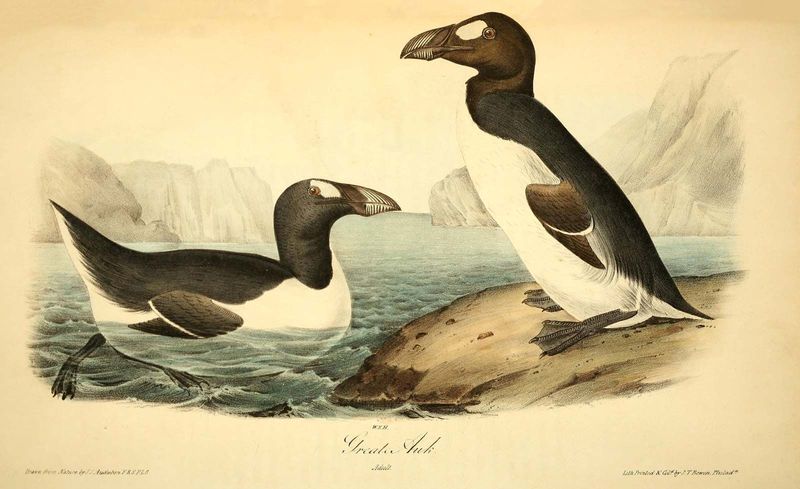
The Great Auk was a flightless seabird hunted to extinction by the mid-1800s. Valued for its meat, feathers, and oil, it faced relentless slaughter by humans.
As their numbers dwindled, the last known breeding pair was killed in 1844. The Great Auk’s extinction serves as a harsh reminder of the consequences of unchecked exploitation of wildlife.
Conservationists now fight to protect other vulnerable species from a similar fate. This emphasizes the need for balanced human activity and wildlife preservation.
5. Steller’s Sea Cow

Discovered in the Bering Sea in 1741, Steller’s Sea Cow was a large marine mammal hunted to extinction by 1768. It was targeted for its meat and fat, prized by hunters of the time.
Despite its size, this gentle giant was easy prey and quickly eradicated. Its extinction highlights the vulnerability of species with limited ranges and the impact of human exploitation.
This loss emphasizes the importance of marine conservation and sustainable harvesting methods to protect remaining oceanic life.
6. Pyrenean Ibex

The Pyrenean Ibex, a subspecies of the Spanish ibex, roamed the mountainous regions of Spain until its extinction in 2000. Overhunting and habitat degradation contributed to its decline.
In a bold scientific effort, cloning was attempted in 2009, but the newborn died shortly after birth. This marked the first extinction “reversal,” albeit temporarily.
The loss of the Pyrenean Ibex demonstrates the urgent need to protect endangered species and preserve biodiversity. It serves as a case study for the potential and limitations of genetic rescue.
7. Caribbean Monk Seal
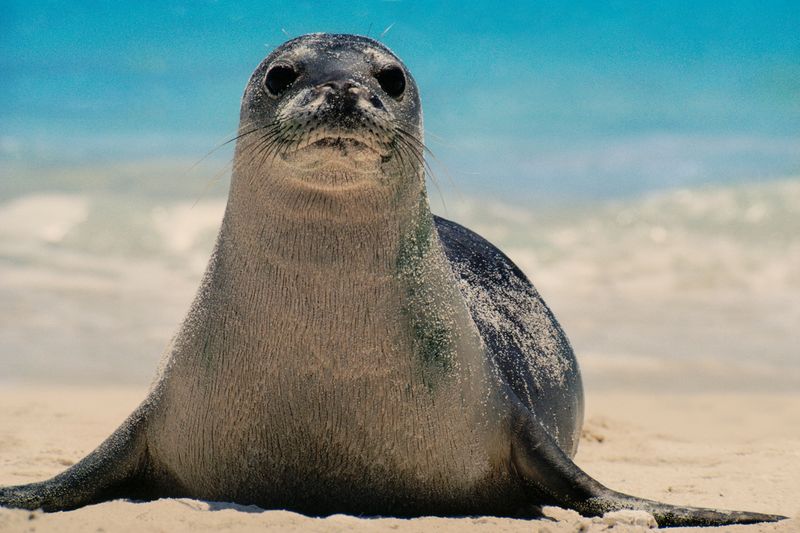
The Caribbean Monk Seal, native to the warm waters of the Caribbean, faced extinction in the 1950s. Hunted for oil and meat, and affected by habitat destruction, it disappeared forever.
Efforts to locate surviving individuals have proven futile. Its extinction is a stark reminder of the impact of human activity on marine ecosystems.
Protecting remaining seal species and their habitats is crucial. This tragedy underscores the need for stringent conservation policies to ensure the survival of vulnerable marine life.
8. Baiji
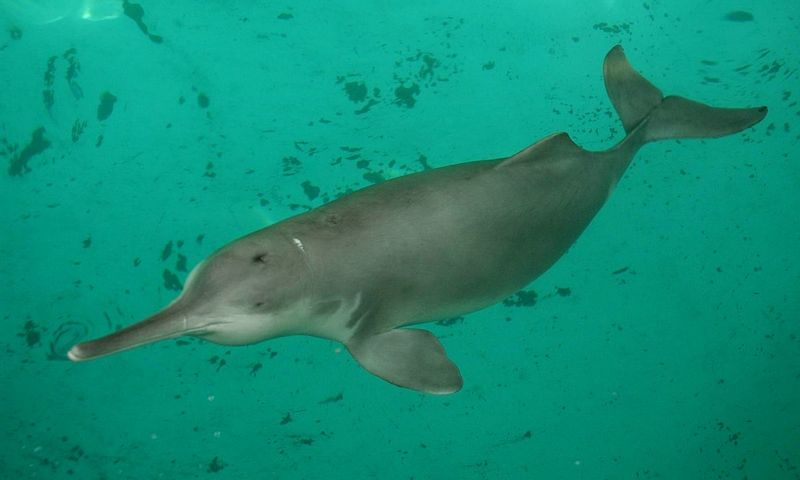
The Baiji, or Yangtze River dolphin, was declared functionally extinct in 2006. Industrialization, pollution, and river traffic in its native China led to its decline.
Entanglement in fishing gear also contributed to its demise. As one of the few freshwater dolphins, its extinction signifies the severe impact of unchecked industrial growth.
Conservationists emphasize protecting river ecosystems to prevent similar losses. Its story serves as a call to action for sustainable development and the preservation of remaining freshwater species.
9. Pinta Island Tortoise
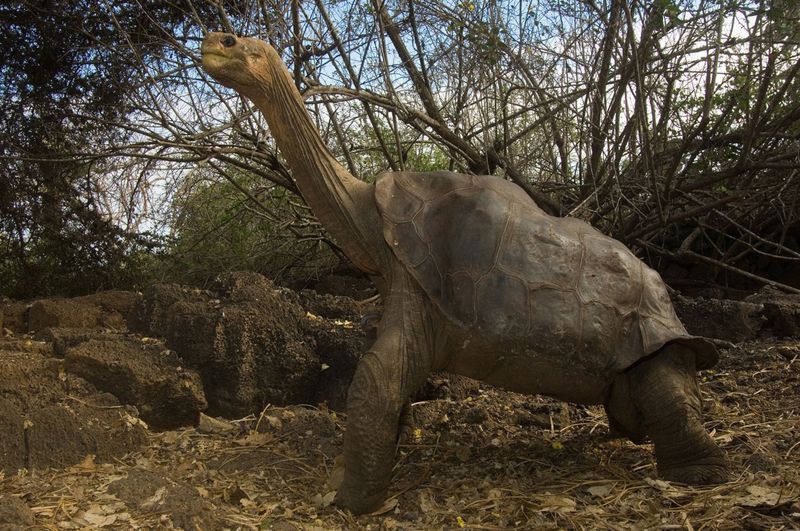
The Pinta Island Tortoise, a unique Galápagos species, was declared extinct in 2012 with the death of Lonesome George. Extensive hunting and habitat destruction caused its decline.
Conservation efforts could not save this gentle giant. Its extinction highlights the fragility of island ecosystems and the consequences of human interference.
The loss of this iconic tortoise underscores the importance of protecting remaining Galápagos species and their habitats. Ongoing conservation programs aim to preserve the unique biodiversity of these islands.
10. Golden Toad
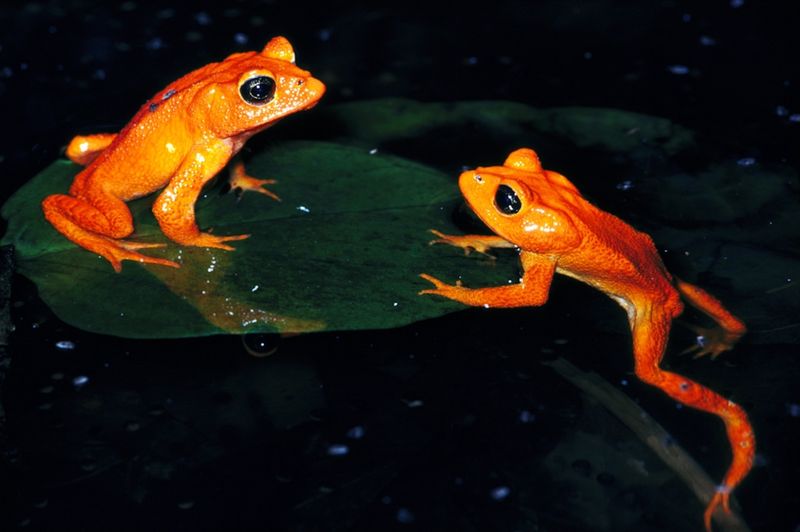
The Golden Toad, native to Costa Rica’s cloud forests, was last seen in 1989. Climate change, pollution, and a deadly fungal disease led to its extinction. Its disappearance marks one of the earliest extinctions attributed to climate change.
The Golden Toad’s loss underscores the urgent need for global climate action and environmental protection. Conservationists strive to save other amphibians facing similar threats.
This extinction serves as a catalyst for increased ecological awareness and proactive measures to safeguard vulnerable habitats.
11. West African Black Rhinoceros
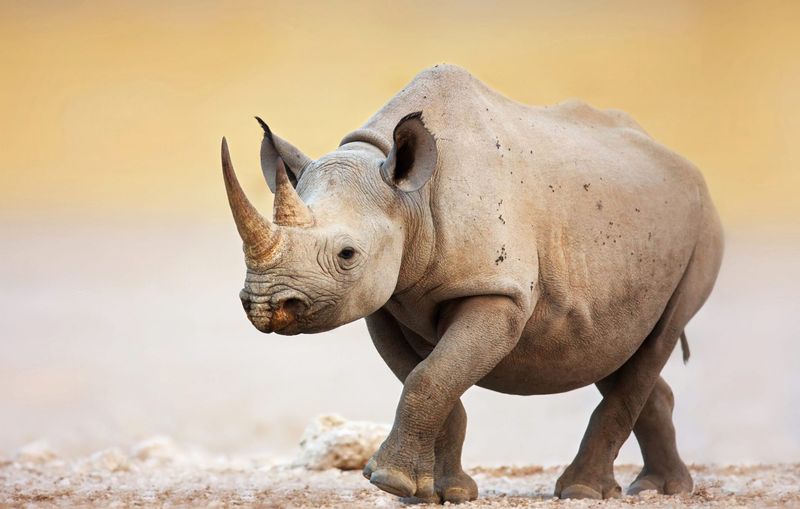
The West African Black Rhinoceros was declared extinct in 2011. Rampant poaching for its horns and loss of habitat led to its demise. Despite conservation efforts, the last confirmed sighting was in 2006.
The rhino’s extinction is a profound loss, highlighting the illegal wildlife trade’s devastating impact. Efforts to protect remaining rhino species continue, focusing on anti-poaching measures and habitat restoration.
This extinction emphasizes the critical need for global cooperation in wildlife conservation to prevent further losses.
12. Javan Tiger
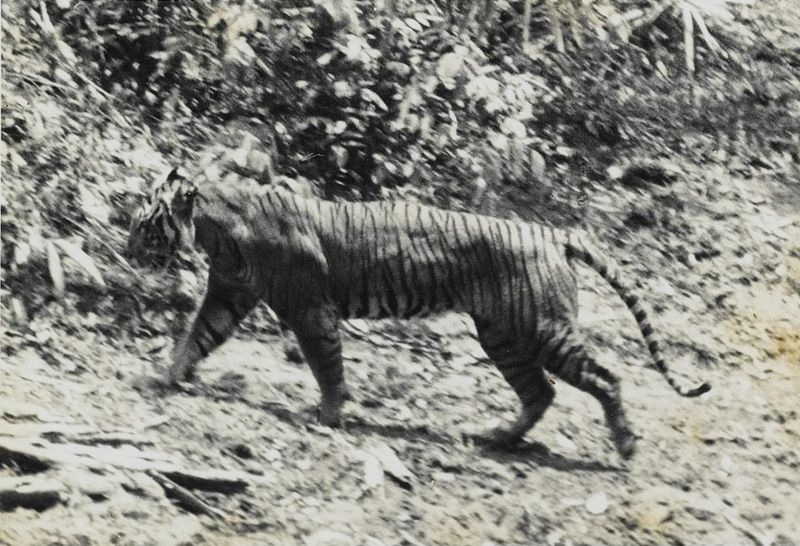
The Javan Tiger, once native to Indonesia, was declared extinct in the 1970s. Habitat destruction and poaching were primary factors in its decline.
This majestic predator was a victim of human expansion and forest clearing. Although efforts to locate surviving individuals have failed, conservationists push to protect remaining tiger species.
The Javan Tiger’s extinction emphasizes the importance of habitat preservation and stricter anti-poaching laws. Protecting its natural environment is key to preventing the loss of other big cats.
13. Xerces Blue Butterfly

The Xerces Blue Butterfly, once common in California, vanished by the 1940s. Urban expansion and habitat destruction led to its extinction. This butterfly was the first documented insect extinction in North America.
Its disappearance highlights the fragility of insect populations and the impact of human development. Efforts to preserve remaining butterfly species focus on habitat restoration and protection.
The Xerces Blue’s loss underscores the need for sustainable urban planning and the protection of natural habitats for insect diversity.
14. Laughing Owl
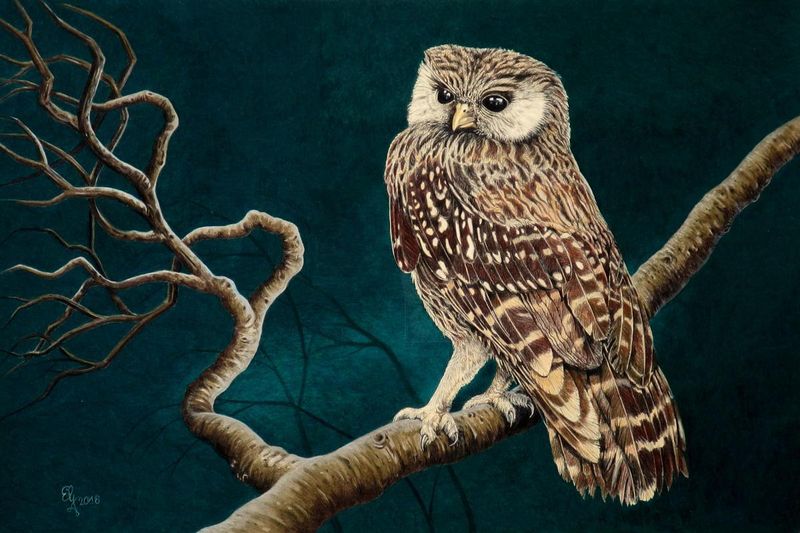
The Laughing Owl, native to New Zealand, disappeared in the early 20th century. Habitat destruction and predation by introduced species like cats and rats were key factors in its extinction.
Despite efforts to locate surviving populations, none were found. The Laughing Owl’s loss is a reminder of the delicate balance in ecosystems and the impact of human activity.
Protecting native habitats and controlling invasive species are vital for conserving remaining wildlife. This extinction serves as a lesson on the importance of maintaining ecological integrity.
15. Ivory-Billed Woodpecker
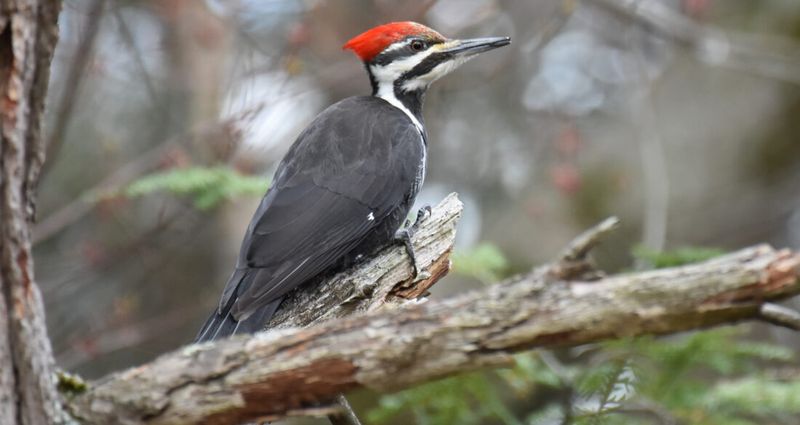
Once a symbol of the American South’s rich biodiversity, the Ivory-billed Woodpecker dazzled with its striking plumage. Tragically, rampant deforestation in the 19th and 20th centuries destroyed its natural habitat.
This magnificent bird, often referred to as the “Lord God Bird” for its awe-inspiring presence, was last reliably sighted in 1944. Despite sporadic reports of sightings, exhaustive searches have failed to confirm its existence.
Its extinction serves as a somber reminder of the fragility of ecosystems and the destructive impact of human activity on wildlife.
16. Japanese Sea Lion

The Japanese Sea Lion once thrived along the coasts of Japan, basking on rocky shores. However, by the mid-20th century, overhunting for their oil, skin, and as spectacle attractions led to their disappearance.
The last confirmed sighting was in the 1950s, and the species was officially declared extinct by the late 1970s.
As we reflect on what has been lost, the Japanese Sea Lion’s story urges us to protect current vulnerable marine life from a similar fate. Their loss highlights the consequences of unchecked exploitation of natural resources.
17. Yangtze River Dolphin

Once known as the ‘Goddess of the Yangtze,’ the Yangtze River Dolphin was a freshwater dolphin unique to China’s Yangtze River. With its elongated beak and gentle demeanor, it captured the hearts of those who encountered it. Tragically, rapid industrialization and increased river traffic led to its demise.
Pollution and habitat fragmentation proved to be too much for this delicate species. By the early 2000s, it was declared functionally extinct, a somber reminder of humanity’s impact on aquatic life. Did you know that the last confirmed sighting was in 2002?
18. Heath Hen

Imagine the forests of Martha’s Vineyard echoing with the calls of the Heath Hen, a bird once abundant in the northeastern United States. This bird, distinguishable by its unique courtship dance, was a symbol of the region’s rich biodiversity.
However, excessive hunting in the 19th century and habitat loss due to agricultural expansion spelled its doom.
The last known Heath Hen, affectionately called “Booming Ben,” died in 1932. This charming bird is a poignant example of how vulnerable species can be to human actions. Conservationists continue to reflect on its tale.




